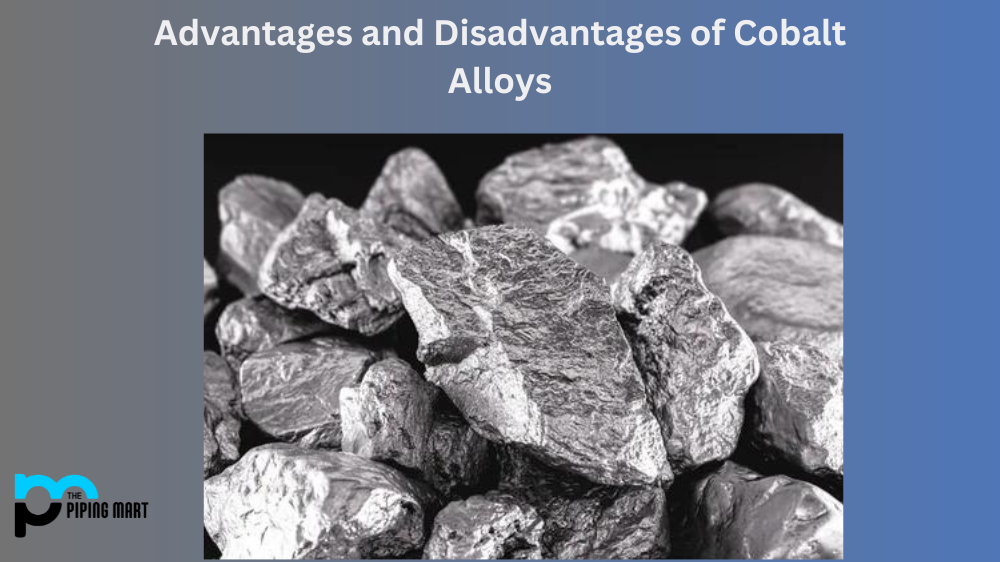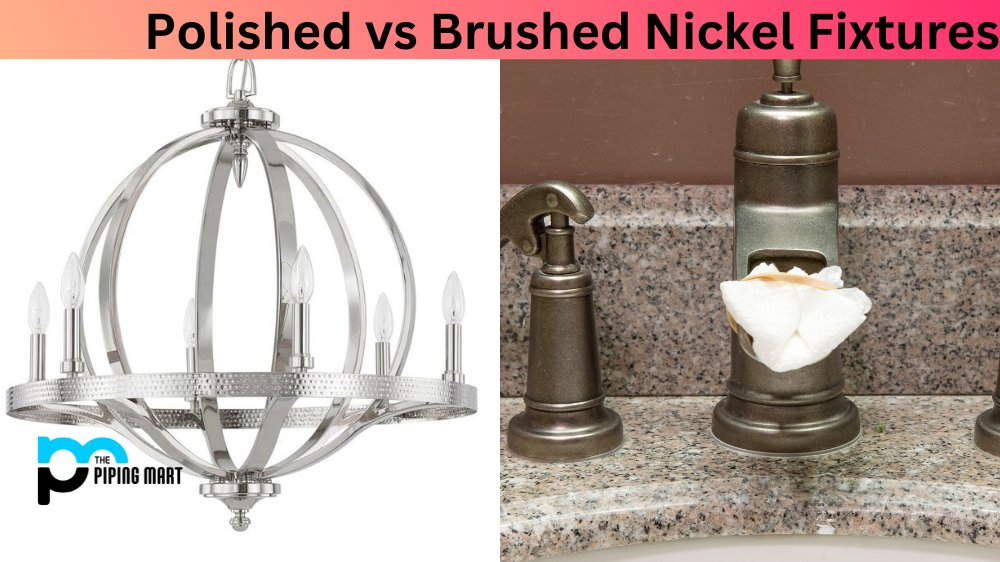In recent years, cobalt alloys have become popular in many industries due to their high strength and durability. This type of alloy comprises a combination of metals such as cobalt, nickel, and iron, which provide superior wear and corrosion resistance. However, like any material, there are both advantages and disadvantages that come with using cobalt alloys. Let’s take a closer look at these pros and cons.
5 Advantages of Cobalt Alloys
Cobalt alloys have several advantages over other types of materials. The first advantage is strength. Cobalt alloys are solid, making them ideal for parts that must withstand high-stress levels. They also offer excellent wear resistance and corrosion resistance, making them suitable for use in environments where these properties are essential. Additionally, cobalt alloys can be used in temperatures up to 1,000 degrees Celsius (1,832 degrees Fahrenheit), making them ideal for applications that require extreme heat resistance.
Another benefit of cobalt alloys is their machinability—they can be cut or shaped relatively easily without sacrificing structural integrity or surface finish. This makes them well-suited for complex parts that require precise tolerances or intricate shapes. Finally, they can be plated with various coatings to protect them from corrosion or wear.
Increased Strength
One of the primary advantages of cobalt alloys is that they are much stronger than other metals. This is because cobalt alloys contain a higher percentage of cobalt, a very strong metal. Additionally, cobalt alloys are often used in high-strength applications where other metals cannot withstand the same amount of stress.
Increased Corrosion Resistance
Another advantage of cobalt alloys is that they are highly resistant to corrosion. This means that they will not rust or corrode when exposed to moisture or other corrosive substances. Additionally, cobalt alloys are often used in environments where other metals cannot withstand the same amount of stress.
Increased Heat Resistance
Cobalt alloys also have a much higher melting point than other metals. This means that they can withstand higher temperatures before beginning to melt. Additionally, cobalt alloys are often used in applications where other metals cannot withstand the same amount of heat.
Increased Wear Resistance
Cobalt alloys also have a much higher wear resistance than other metals. This means they will only wear down slowly when exposed to friction or other abrasive forces. Additionally, cobalt alloys are often used in applications where other metals cannot withstand the same amount of wear and tear.
Increased Electrical Conductivity
Cobalt alloys also have a much higher electrical conductivity than other metals. This means that they can carry electrical currents more efficiently than other metals. Additionally, cobalt alloys are often used in electrical applications where other metals cannot conduct electricity as effectively.
4 Disadvantages of Cobalt Alloys
Unfortunately, there are also some drawbacks to using cobalt alloys. One major disadvantage is cost—cobalt alloys tend to be much more expensive than other materials due to their specialized composition and manufacturing processes. Additionally, they can be difficult to weld due to their high melting point (approximately 2200°F). Finally, they are susceptible to hydrogen embrittlement when exposed to specific environments or chemicals—they may become brittle if not adequately protected or maintained over time.
Higher Cost
One of the primary disadvantages of cobalt alloys is that they are typically more expensive than other types. This is because cobalt is a relatively rare element, and as such, it can be quite costly to produce.
Limited Availability
Another disadvantage of cobalt alloys is that they are often less readily available than others. This is because cobalt is not as abundant as other elements, such as iron or aluminum. As a result, it cannot be easy to find cobalt alloys when and where they are needed.
Lower Strength
Cobalt alloys also tend to be weaker than other types of alloys. This is because cobalt atoms are smaller than atoms of different elements, such as iron or aluminum. As a result, cobalt alloys are less strong and durable than other types of alloys.
Susceptible to Corrosion
Cobalt alloys are also susceptible to corrosion, which can cause them to degrade over time. This is because cobalt is a relatively reactive element, which can quickly oxidize in the presence of moisture or oxygen.
Conclusion:
Cobalt alloys offer many advantages over other materials thanks to their superior strength and durability in extreme conditions. While they have some disadvantages, such as cost and susceptibility to hydrogen embrittlement, they can usually be managed with proper maintenance or protective coatings when necessary. Cobalt alloys may be an excellent option worth considering for industries needing parts that will stand up against challenging conditions such as high temperatures or heavy loads on a regular basis.

Meet Bhavesh, a seasoned blogger with a wealth of knowledge and experience. From metal products manufacturing to retail, Bhavesh has a diverse background in various industries and is dedicated to sharing his insights and expertise with readers.




